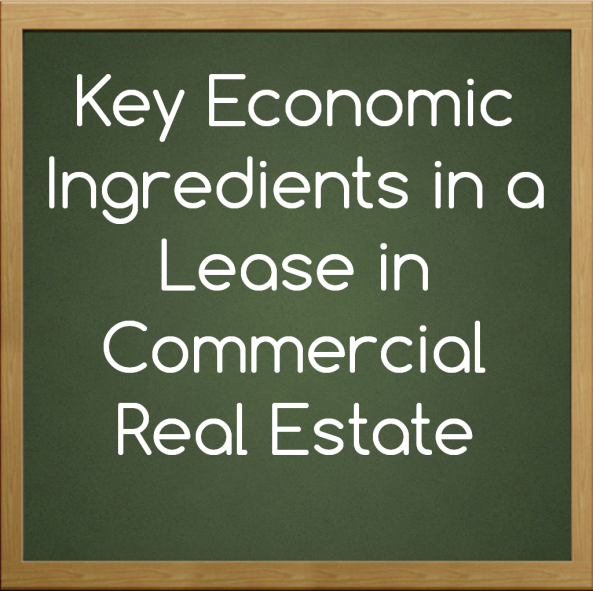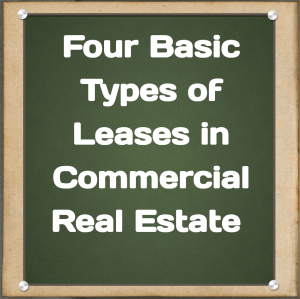To gain a complete understanding of commercial real estate, learning about the basic lease provisions that drive a transaction economics in crucial. The following 7 provisions should be understand to properly grasp the economics of a lease transaction:
- Type of Lease: is the lease a gross, modified gross, triple net, or bond lease? (explain in previous post) An understanding of the lease type will shed light on which party bears the cost burden and/or the responsibility for various operating services.
- The Parties/Liability: If an entity, as opposed to an individual, care must be taken to understand who the tenant is as well as the tenant´s financial strength. A subsidiary of a large public company signing the lease does not obligate the parent company. You might want to seek the guaranty of the parent. One the lease is signed, the tenant is signed and the tenant is dependent upon the landlord to provide necessary services.
- The Premises: after the premises are clearly identified, it is necessary to quantify the size of the lease space. Is the tenant renting based upon usable or rentable square meter?
- Term: the length of time a tenant is willing to commit to leasing a suite is a crucial area. The landlord seeks as long a term as he can obtain; the tenant usually desires to minimize his term and therefore his liability exposure, while possibly cushioning this posture with options to extend the lease.
- Security Deposit: most landlords think of the security deposit as a fund that is available when a tenant moves out to ensure that he leaves the premises in good condition. It could be used to repair damage to the premises caused by the tenant or to clean the premises upon termination of the lease. If the landlord files bankruptcy, the tenant could find itself as a general unsecured creditor in its attempt to recover its security deposit.
- Parking: if the lease is silent as to parking, tenants should be aware that the landlord has the right, at a later date during the lease term, to enact a policy to charge for parking.
- Renewal Options and Termination Rights: usually renewal options and termination rights are drafted to solely benefit the tenant. If the option fixes the rent at a level that is below the current market rent when the option is exercised, then the landlord is often faced with the reality that the option will be exercised. If the option rate is at or above market, the tenant will most likely ignore the option and renegotiate the lease terms.
These lease provisions covering the dollars and cents of the transaction are usually the responsibility of the business individuals involved in the negotiation.



